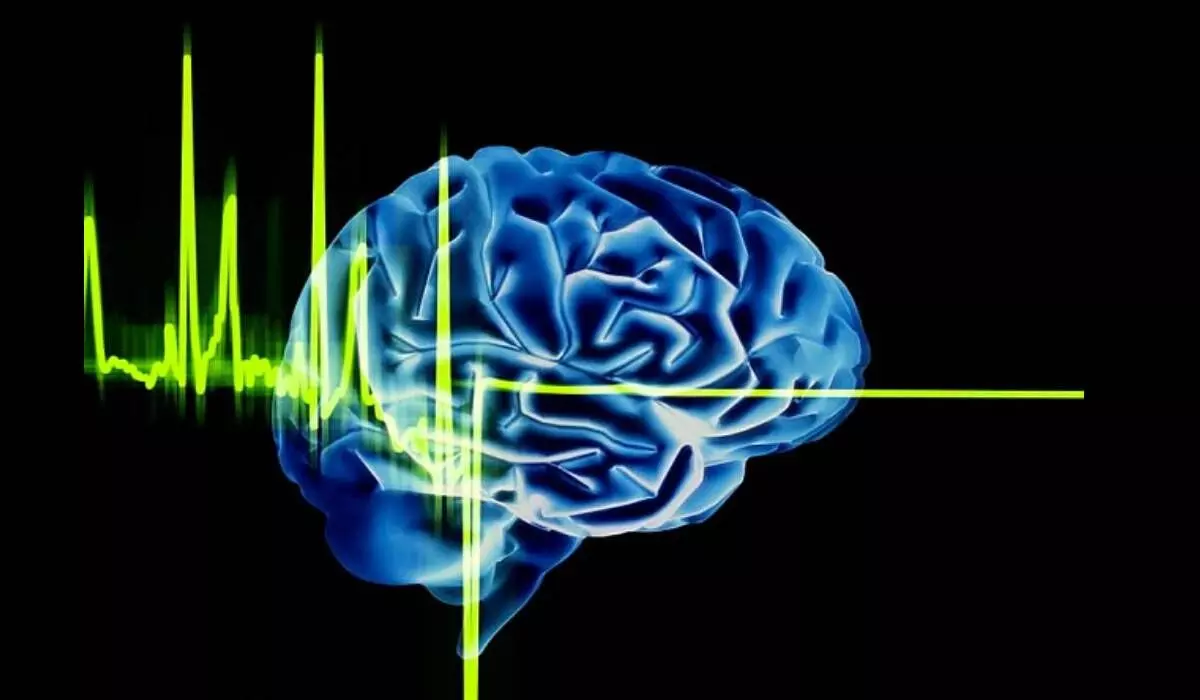Researchers finally unveil the mechanics behind the functioning of the elusive sixth sense
The functioning of our bodies' synchronized movements relies on specific sensory neurons found in our muscles and joints. These neurons play a vital role in informing the brain about the body's actions. To gain a deeper understanding of their functioning, a research group led by Niccolò Zampieri has conducted a study investigating the molecular markers of these neurons. The findings have been published in Nature Communications.
image for illustrative purpose

The functioning of our bodies' synchronized movements relies on specific sensory neurons found in our muscles and joints. These neurons play a vital role in informing the brain about the body's actions. To gain a deeper understanding of their functioning, a research group led by Niccolò Zampieri has conducted a study investigating the molecular markers of these neurons. The findings have been published in Nature Communications.
While the five senses—vision, auditory, olfaction, gustation, and tactile perception—are well-known as the primary means by which we interact with and perceive our environment, there exists a sixth sense that is equally significant but less recognized. This sense is responsible for collecting data related to our movements, posture, and spatial positioning from our muscles and joints, and then transmitting this information to our central nervous system. Dr. Niccolò Zampieri, who heads the Development and Function of Neural Circuits Lab at the Max Delbrück Center in Berlin, explains the crucial role of this sense.
Proprioception, as this sense is known, enables the central nervous system to send the appropriate signals through motor neurons to muscles, allowing us to perform specific movements. This intuitive perception, distinct from the other five senses and operating at a subconscious level, prevents us from losing our balance in the dark and enables us to lift a cup of coffee to our lips with closed eyes in the morning. However, the significance of proprioception extends beyond these everyday activities. Zampieri explains that individuals lacking proprioception are unable to execute coordinated movements.
Zampieri and his colleagues have recently published a paper that delves into the molecular markers of the cells involved in this intuitive perception. These discoveries are expected to help scientists gain a deeper understanding of the functioning of proprioceptive sensory neurons (pSN).
The cell bodies of pSN are located in the dorsal root ganglia of the spinal cord. These cells are connected to muscle spindles and Golgi tendon organs through extensive nerve fibers, which continuously monitor the stretch and tension within all the muscles of the body. The pSN then transmits this information to the central nervous system, where it regulates motor neuron activity, allowing us to execute various movements.
One crucial requirement for this process is that pSN must precisely connect to different muscles in our bodies. However, until now, little information was available about the molecular processes that facilitate these accurate connections and give the muscle-specific pSN their distinct characteristics.
To address this gap in knowledge, the researchers conducted a study using mice to identify molecular markers that differentiate pSN for the abdominal, back, and limb muscles. Through single-cell sequencing, they analyzed the genes in pSN related to these muscles, determining which genes are transcribed into RNA. The study's lead author, Dr. Stephan Dietrich from the Max Delbrück Center, notes that specific genes associated with each muscle group's pSN were identified. Furthermore, they demonstrated that these genes are active during embryonic development and continue to be active for some time after birth. This suggests that predetermined genetic programs dictate whether a proprioceptor will connect with the abdominal, back, or limb muscles.
The researchers also discovered multiple genes related to ephrins and their receptors in their findings. Dietrich explains that these proteins are known to play a role in directing developing nerve fibers toward their intended targets during nervous system development. In mice lacking the ability to produce ephrin-A5, the connections between proprioceptors and hind leg muscles were compromised.
The molecular markers identified in this study are expected to further investigations into the development and function of individual muscle-specific sensory networks. Dietrich explains that techniques like optogenetics, which use light to control the activity of neurons, can be employed to uncover the specific role of proprioceptors in our sixth sense. This knowledge will eventually benefit patients with spinal cord injuries as it can optimize the design of neuroprostheses that compensate for impaired motor or sensory abilities.
Zampieri highlights recent research from Israel, which suggests that well-functioning proprioception is crucial for maintaining a robust skeletal structure. Conditions like scoliosis, a distortion and contortion of the spine, and hip dysplasia, a malformation of the hip joint, may be linked to improper proprioception. These findings inspire Zampieri to consider additional implications of the research, as a better understanding of our sixth sense could potentially lead to the development of novel therapies that effectively counteract these and other types of skeletal damage.

